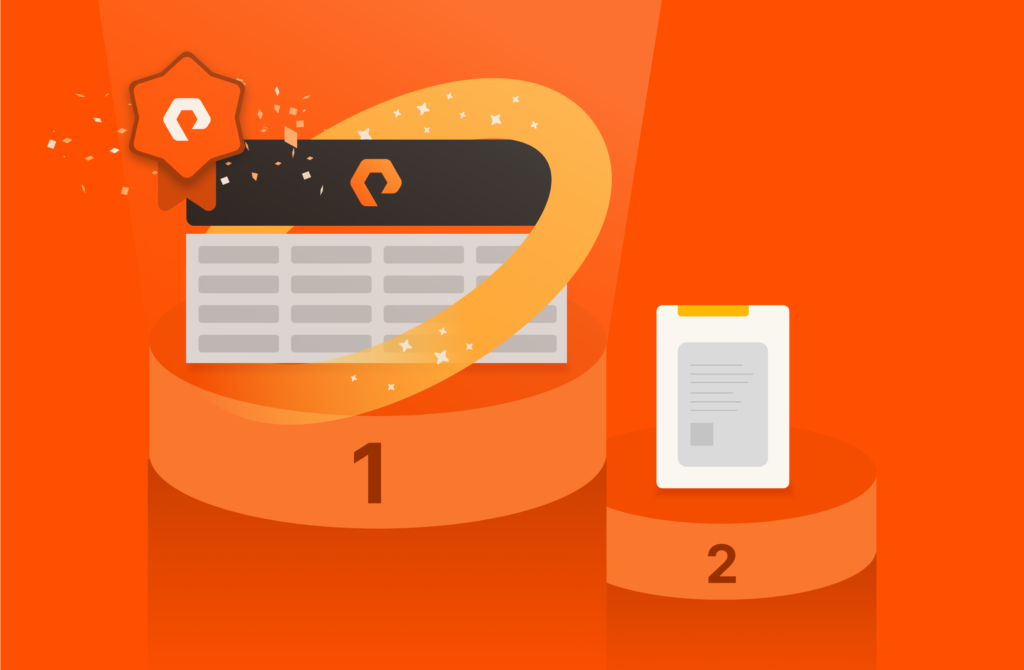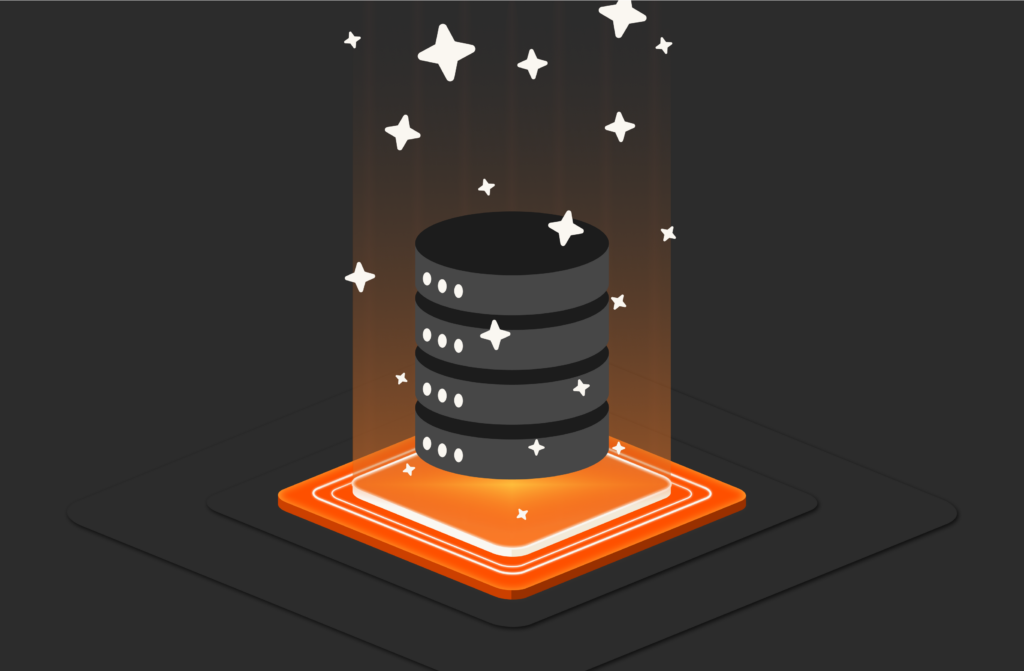The humble security log, not nearly as flashy as security tools like security information and event management (SIEM) and extended detection and response (XDR), needs to get dusted off and put into action by more security teams. In fact, the quality of log data may determine an organization’s cyber resiliency.
Thanks to easier, faster access to data, security logs—the raw data that makes the flashy digital products do their magic—can be the key to heading off a cyberattack, responding ASAP to a breach when breakout times are dropping to only 48 minutes, and understanding critical details of security incidents after they occur.
How Security Logs Can Bolster Resiliency
A log analytics solution can continuously monitor security logs to boost awareness of security incidents—whether they’re about unauthorized access, a violation of security policies, a change to data or system configurations without the right permissions, or an outright attack. If an indicator of compromise (IoC) does get flagged, log analytics solutions can act as an early warning system, providing an opportunity to stop an attacker’s advance. Detection capabilities can also be used to test security scenarios and hypotheses and perform proactive threat hunting.
“This quicker infiltration leaves organizations with even less time to respond, making automated defenses crucial in matching—and surpassing—the speed of adversaries.” Irene Fuentes McDonnell, cyber threat researcher at ReliaQuest
Forbes.com
Once you’ve identified and remediated a security incident, it’s vital to trace the event back to its start. Security logs can be used to identify the person or device that infiltrated the system, see how they got in, learn exactly what they did and when, and determine whether the threat is ongoing. This forensics task is a critical part of recovery after the event. Without it, your IT team won’t know which systems are vulnerable or how to fix them.
The Advantage of Speed? Visibility
Fast security logs matter—a lot. When hackers gain access to a network, they can linger for days or even weeks before people or technology detect their presence. While they lurk undetected, attackers gather admin credentials and prepare to exfiltrate data or activate ransomware. Taking timely action depends on having visibility in near real time—and that requires security logs that are activated and used correctly.
1. Choose an advanced log analytics solution.
In a single day, servers, the network, and end-user devices can generate hundreds of thousands, even millions, of log entries. One study found that the average enterprise will accumulate up to 4GB of log data every day. That much data piling up will be useless without the tools to properly analyze it.
Focus on putting the right analytics tooling on top of security logging in three core areas: the network, endpoints, and end users. After collecting and analyzing the logs, an orchestration tool can enrich data that gets passed to your threat hunters so that they have a curated set of information to begin their review.
2. Log everything.
Visibility is not just about depth but also breadth. You don’t know where a breach attempt will occur, so having logs across your entire infrastructure can save time down the road. It’s also essential that your logging tool aggregate, correlate, and analyze data across all these various data types and sources and allow for the integration of contextual data.
3. Secure the logs.
Not surprisingly, security logs can be of great interest to hackers, so it’s important to keep them well-protected. To protect security logs, you can:
- Encrypt or password-protect them.
- Make log files append-only, which means a user can add to the logs but can’t alter or erase what’s already there, or use unalterable audit logs to ensure accuracy.
- Create copies of log files and store them across multiple environments.
- Store log files on a separate system or server altogether.
- Hide log files within the system.
- Use write-once media to save log files.
The Capabilities You Need to Multiply Logs’ Value
Security logs and the systems used to analyze them such as Splunk and Elastic need these capabilities:
- Real-time processing with search and query performance that’s reproducible, no matter the log size. This requires high throughput, low latency, and consistent performance finely tuned for any scenario or scale.
- Embedded data reduction and on-demand scaling to log and retain more data for longer, for the richest possible analysis.
- Easy scalability for multiple workloads, concurrent queries, and variable data patterns to accommodate fast analysis of multipetabyte data sets.
- Multiple logs that correlate data across networks, endpoints, and end users.
- Management simplicity to let you easily build new queries and reduce complexity.
Achieving this level of performance requires backend infrastructure that can support it. Without a powerful data storage backend, the reality is, even successful correlation queries may be too slow to reveal threats in time to prevent damage.
When you’re looking for that sneaky needle in the security environment haystack, think of incredibly performant data storage as a magnet to draw that needle to the top. It makes quick work of threat detection and analytics. But if your storage is slow, your data lake is too immense, or your queries are poorly written, it can take hours or even days of research to pinpoint an issue or potential threat.
How Pure Storage and Our Partners Can Help
Pure Storage® FlashBlade® or FlashArray™ consolidate all of your log files and integrate seamlessly with even the most advanced log analytics platforms—including solutions from our partners, Elastic and Splunk. FlashBlade and FlashArray deliver faster time to insight at a lower total cost of ownership.
FlashBlade and FlashArray protect your security logs even further. By running the solution in our SafeMode™ feature with Splunk or Elastic log analytics, you ensure that your logs can’t be deleted. That way, you can confidently recover after a security breach and will have the information you need to analyze the event and take action to prevent it from happening again.
Regardless of how many security solutions you deploy—whether it’s network access control, data loss protection, firewalls, intrusion prevention systems, identity access management, cloud access security brokers, antimalware, endpoint detection, or all of the above—it’s critical to have an action plan for detecting and remediating a security breach when or if it occurs.


3 Security Log Mistakes to Avoid
Learn how to tap into this data analytics goldmine.






